Alexander Ridout
Advisor: Mercedes Garcia-Holguera
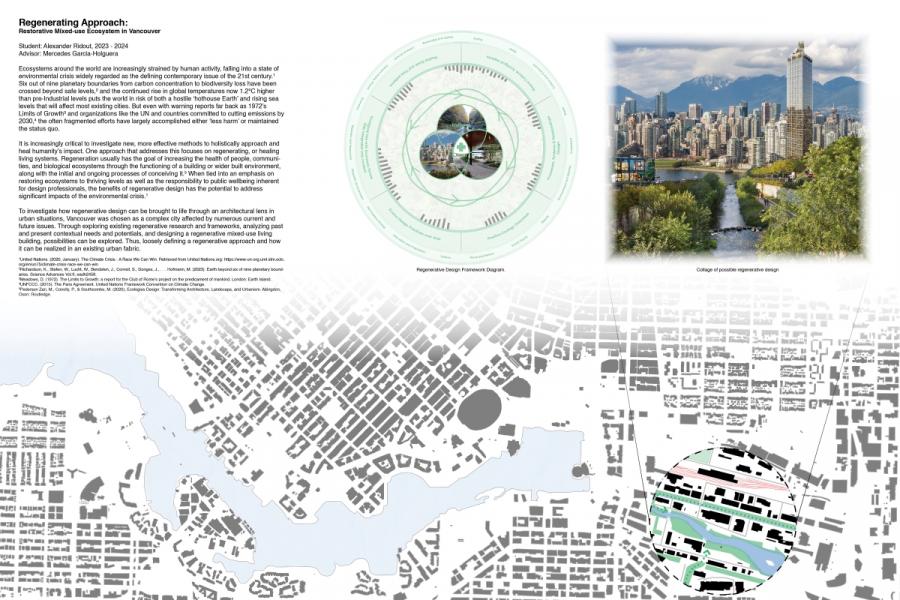
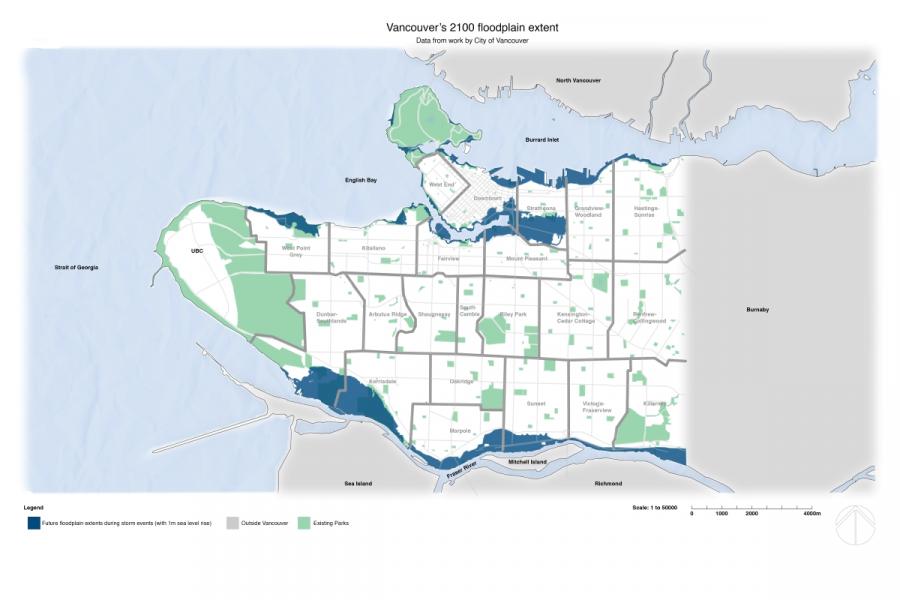
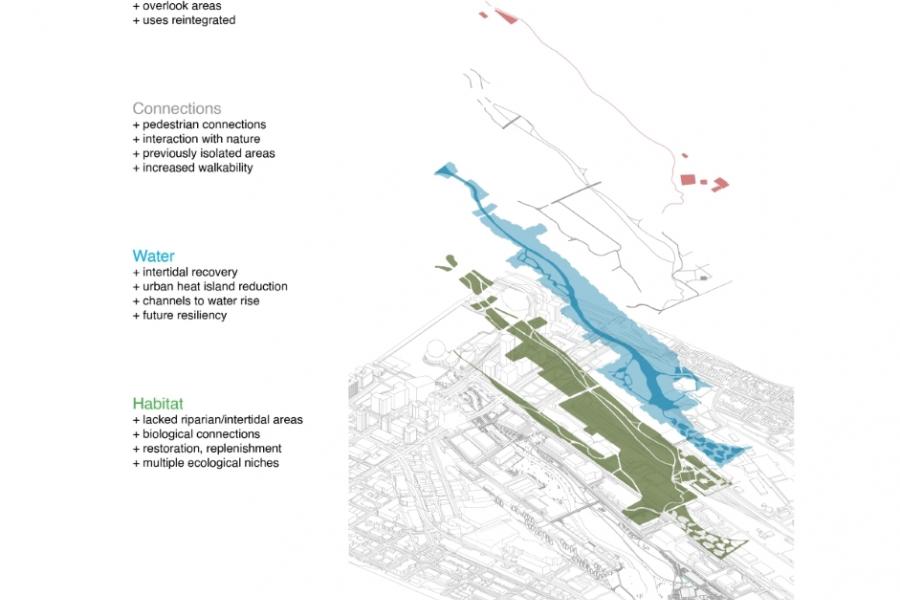
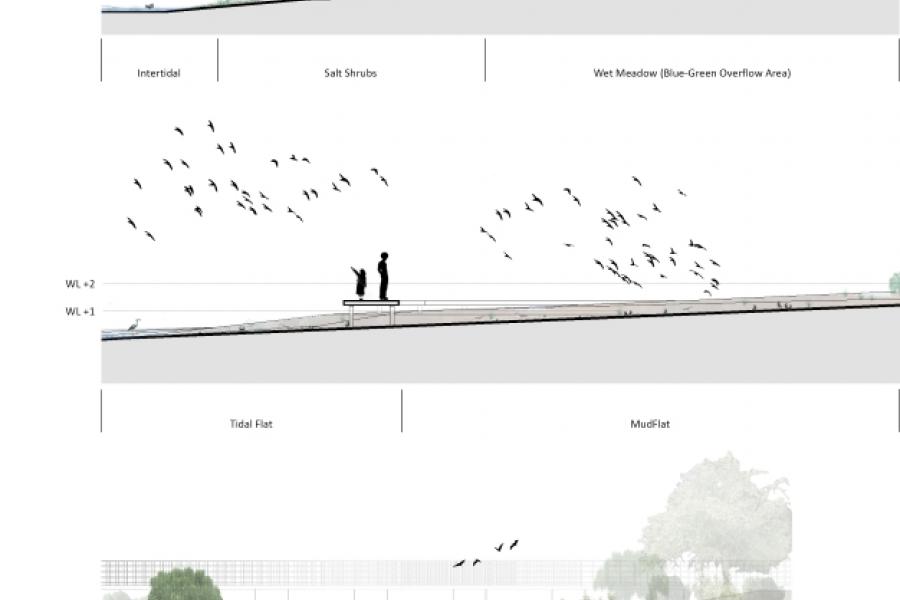
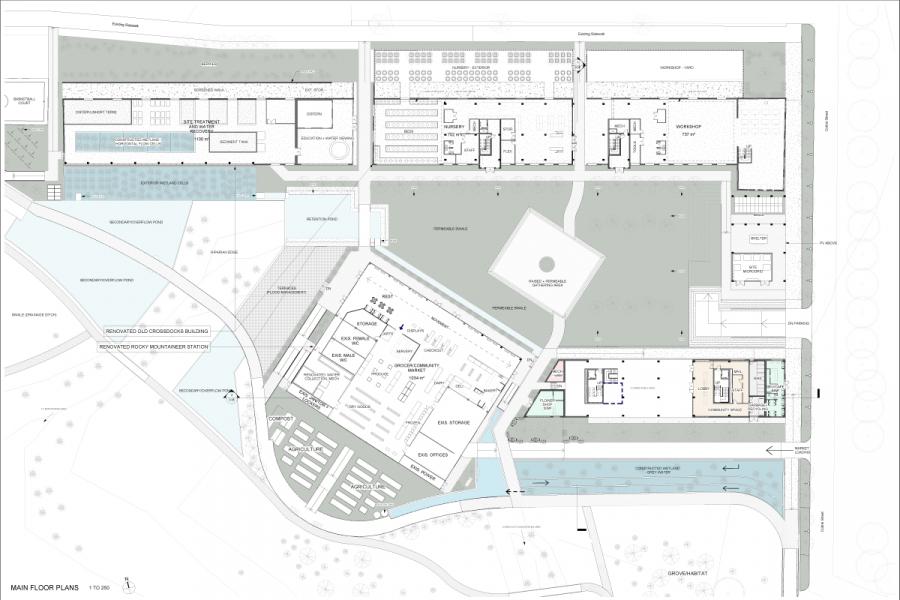
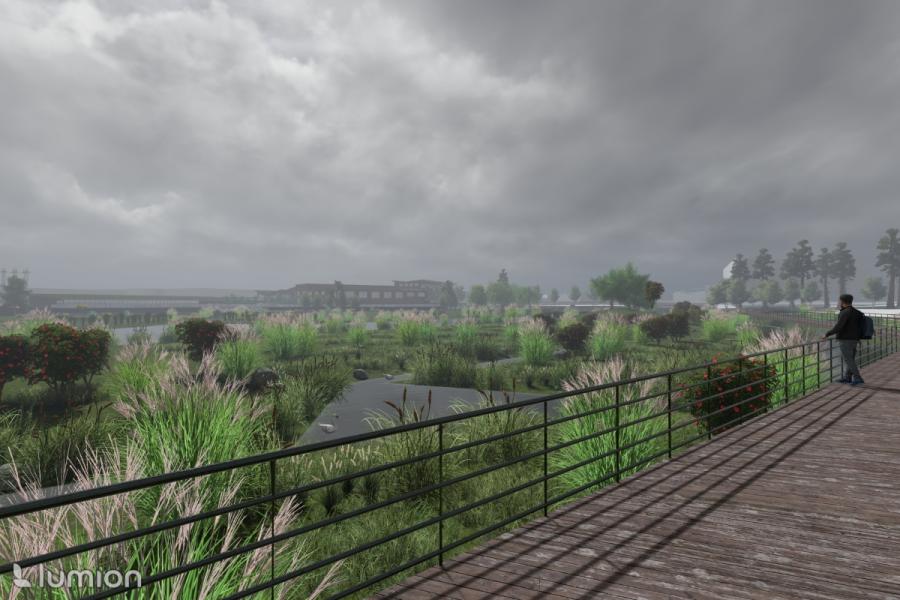
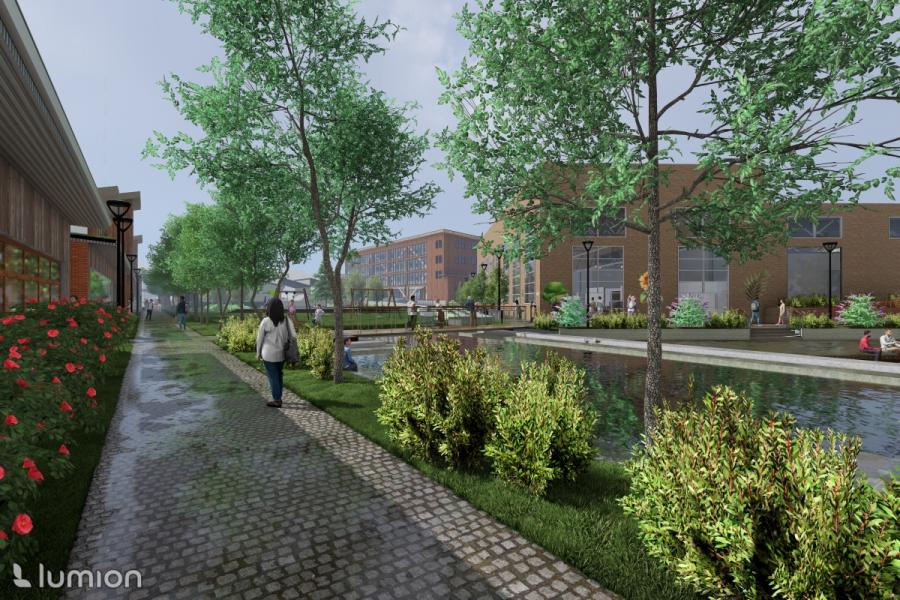
Regenerating Approach: Restorative Mixed-use Ecosystem in Vancouver
Ecosystems around the world are increasingly strained by human activity, falling into a state of environmental crisis widely regarded as the defining contemporary issue of the 21st century. Six out of nine planetary boundaries from carbon concentration to biodiversity loss have been crossed beyond safe levels, and the continued rise in global temperatures now 1.2°C higher than pre-Industrial levels puts the world in risk of both a hostile ‘hothouse Earth’ and rising sea levels that will affect most existing cities. But even with warning reports far back as 1972’s Limits of Growth and organizations like the UN and countries committed to cutting emissions by 2050, the often fragmented efforts have largely accomplished either ‘less harm’ or maintained the status quo.
It is increasingly critical to investigate new, more effective methods to holistically approach and heal humanity’s impact. One approach that addresses this focuses on regenerating, or healing living systems. Regeneration usually has the goal of increasing the health of people, communities, and biological ecosystems through the functioning of a building or wider built environment, along with the initial and ongoing processes of conceiving it. When tied into an emphasis on restoring ecosystems to thriving levels as well as the responsibility to public wellbeing inherent for design professionals, the benefits of regenerative design has the potential to address significant impacts of the environmental crisis.
To investigate how regenerative design can be brought to life through an architectural lens in urban situations, Vancouver was chosen as a complex city affected by numerous current and future issues. Through exploring existing regenerative research and frameworks, analyzing past and present contextual needs and potentials, and designing a regenerative mixed-use living building, possibilities can be explored. Thus, loosely defining a regenerative approach and how it can be realized in an existing urban fabric.
